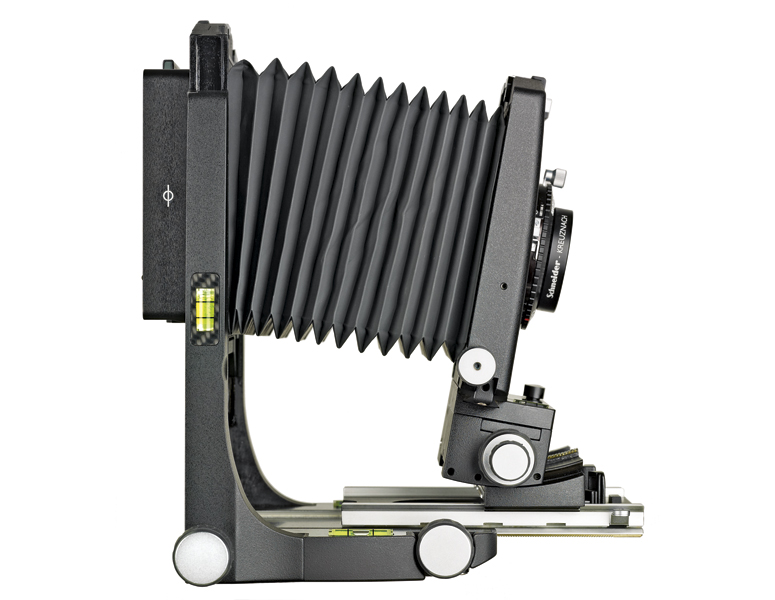by Claudio Mortensen
This week on the blog, I want to discuss some of my thoughts and concerns about how camera format and type can influence the kind of fine art photography produced.
Before getting to the point I want to explore, it seems to me necessary to clear up some other issues commonly associated with this subject. I have no interest in discussing film over digital, this is a solved issue in my mind and I see no point in bringing it to light again. I also don’t want to make any statement over camera makers or specific brands. A brand is a question of choice and taste. And, finally, I will totally skip commentaries on prices or costs of different equipment.
The objective of this post is to look at the way we work around creating an art image and the implications of photographic systems on this process.
I started my photographic education using a very old Nikon camera, a F301 and 2 mania focus lenses. At that time, I didn’t have a clue of how to operate shutter speed and aperture. So, even though I was using manual focus, all other functions were used in automatic setting. It took me a good amount of time to have the courage to switch the auto off. That was film times when every shoot costs good money. I kept changing equipment over the years, till I got to digital and finally lost my fears of experimenting with manual functions taking thousands of pictures at each shooting session. But it was very recently (about 4 years ago) that I decided to get a fully manual digital camera and ended up facing a lot of troubles using it and rethinking the way I shoot my pictures.
My previous work made me travel 95% of the time, almost all over the world. At the time I started my MFA, I felt the need for a smaller portable camera, to make my assignments on the move and keep up with the classes. I bought a Leica M and a 35mm 1.4 lens. At the moment I started shooting, I thought that was the worst decision I had ever made. I wasn’t getting anything right with that camera. A nightmare. But, like everything, there is a learning curve and I ended up getting the grasp. But that experience, that suffering with the lack of technological aid, made me think about how the amount of technologic features influences the way we think about our work.
There is nothing wrong with the modern cameras, like Nikon, Canon, and even Leica. They are very good and sophisticated products. But I started to realize that these manufacturers are focused on the needs of the higher market segments, in particular journalists and consumers. The needs of these two group are very similar. They need fast operation, accurate operation and good results. The objective is to transfer to an internal processor, the biggest number of decisions and adjustments as possible, letting the user concentrate almost entirely on composition. Again, there is nothing wrong with this and it could be very much necessary for some approaches to art. But the fact is, at least in my experience, that all this automation ends up in the way of exploring some creative possibilities. Even the manual focus on a modern DSLR is aided by electronics that evaluate distance, etc.
I have been experiencing a lot of different possibilities by being forced to study lenses data sheets to learn their DOF in each aperture or having to quickly evaluate my distance to subject for pre-focus. And, more importantly, this kind of camera slows me down. It forces me to think more and analyze more and plan better.
Because of this experience, I started to dig deeper and case across cameras that I only saw in pictures through the Internet, like Alpa or Linhof.
Alpa 12 SWA
All these cameras can be used with digital backs or film backs. The latest technology can be there, in the camera, but all the controls and photographic decisions go back to the photographer. It’s possible to find movies of photographers using some of this equipment handheld, but usually, it must go on a tripod, that slows, even more, the process and requires even more attention on the composition.
Linhof Technika 3000
In a sense, using these cameras looks like the use of the large format ones, where the photographer has to adjust many other parameters to get the composition.
Linhof Techno
When I moved to digital I decided that I would like to think about the camera sensor in the same way I thought about film: just a media where the image is formed and “created”. I prefer to think about my computer and software as my darkroom, having a different “respect" for my raw files and the process to create the final image.
I really believe that working with such equipment would force me into different learnings and more creative ideas, based on the differences of decisions and procedures to get to the final image.
What’s your opinion/experience about this?



